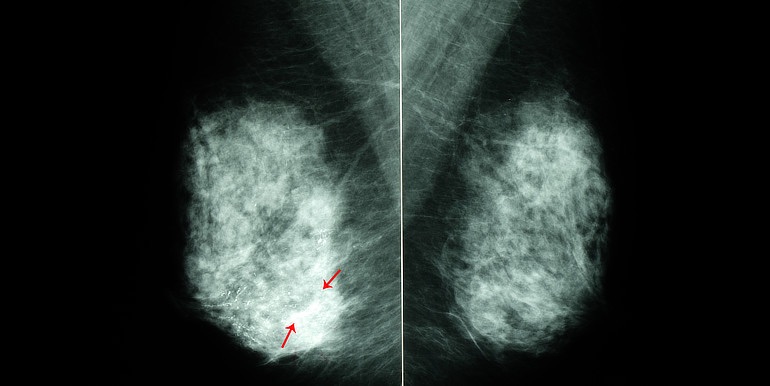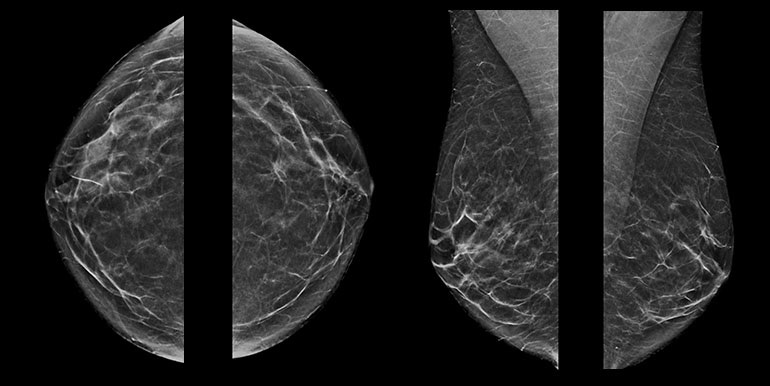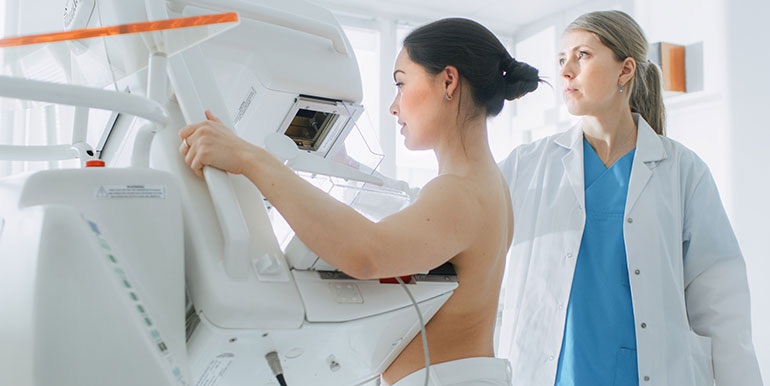Calcium deposits could improve breast cancer diagnosis
15. 09. 2010 | British Journal of Cancer Press Release
Scientists have discovered for the first time that studying calcium deposits in the breast, often detected through screening, could help doctors diagnose breast cancer more effectively [1].

Image credit: shutterstock.com
The study, published in the British Journal of Cancer today (Wednesday), examined the relationship between the composition of these deposits found in breast tissue and the malignancy of a tumour.
The research used infrared light to measure the chemical make-up of 236 deposits – known as breast calcifications - from 110 patients.
The results showed that deposits from benign tissue were more likely to have higher carbonate content while those from malignant deposits had lower levels of carbonate.
They also showed for the first time a direct link between the chemical characteristics of the calcium deposits and the grade of the breast cancer.
This suggests there is scope for developing a test for calcium deposits which could help doctors establish from screening if a tumour is benign without further examinations like a biopsy.
In malignant cases, the test could also give an early indication of how advanced the cancer is.
Professor Nicholas Stone, one of the authors of the study who is based at Gloucestershire Hospitals NHS Foundation Trust, said: “Testing calcifications with light would be a non-invasive method that could help doctors determine whether a woman has any aggressive tumours in her breasts alongside having a mammogram. This could help many thousands of women avoid the anxiety of having a biopsy and then waiting for the result.”
Previous research in this area shows these deposits can be studied by shining a light through the breast and identifying changes in the light caused by the presence and composition of the calcifications.
Breast calcifications are quite common and often not associated with cancer. But certain patterns of calcification can show that a cancer may be growing in the breast - but doctors often need further tests to make this clear.
The research looked at breast tumours which had already been diagnosed using existing methods of mammograms and biopsies. Further research with larger numbers of samples is needed to determine exactly how calcifications affect breast tumours.
Sara Hiom, director of health information at Cancer Research UK, said: “The NHS screening programme is important in detecting breast cancer and saving lives. These results suggest that developing a test for calcifications could further improve screening by providing a more detailed diagnosis about the tumour and potentially avoiding the need for biopsies in some cases.”
Reference
- Baker R, Rogers KD, Shepherd N, Stone N. New relationships between breast microcalcifications and cancer. British Journal of Cancer 2010; 103(7):1034–1039. doi: 10.1038/sj.bjc.6605873.
Keywords: calcium deposits, breast calcifications, breast cancer



